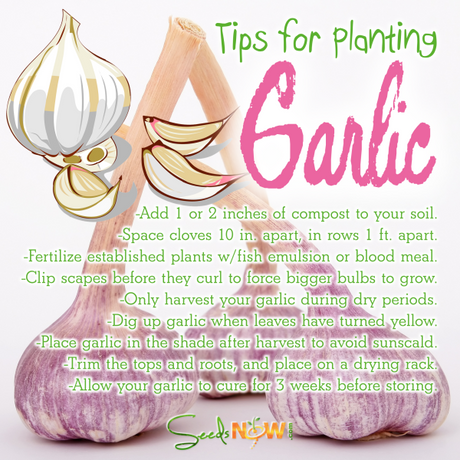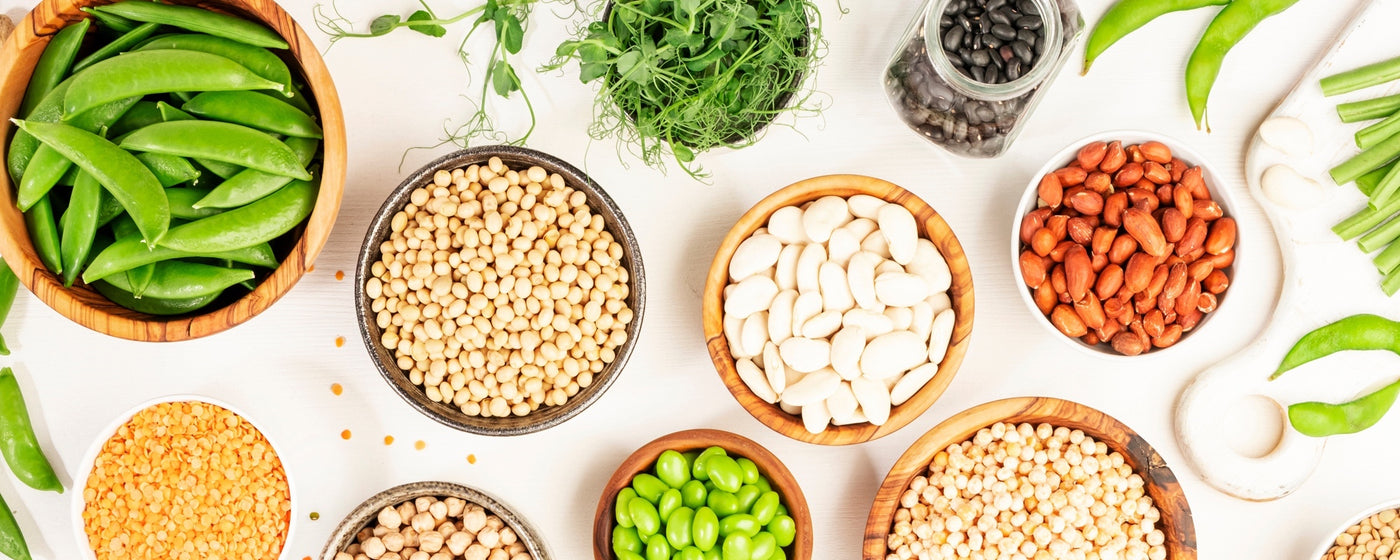
Seedlings do not emerge after planting:
It's possible that not enough time has passed. Make sure your soil is not too dry and that the temperature is correct for starting whatever seeds you're trying to grow. Wondering what plants grow best during specific times of the year? Read Gardening Through the Different Seasons.
Seedlings wilt and fall over/young plants die:
It's possible your seedlings are suffering from "damping off", which is a fungal disease. You might also have root maggots, cutworms, rotting roots, dry soil or could be over-fertilizing. Avoid overwatering and check for grubs at the base of your plants. Keep your garden free of rotting plant matter and weeds. Try treating the soil with a fungicide and avoid over-watering. Suspecting pests? Read Dealing With Pests & Insects.
Plants wilt:
It's likely your plants are suffering from too much or too little water. Roots may be rotting or you may have root knot nematodes. Try watering deeply, and more consistently. If soil is soggy, stop watering all together for a while and let the soil dry up a bit. Practice good crop rotation, and plant disease resistant varieties. Do you think you're overwatering? Read more on Watering.
Plants are "spindly" & weak:
Your plant may not have enough light. It also may have been watered too much. Are your plants crowded or planted too close together? Your plant could be getting too much nitrogen as well. Ensure your plants get 6-8 hours of sunlight every day, improve drainage, and thin your plants further apart. Avoid excess fertilizing. Wondering Where You Should Plant a Garden?
Plants grow slowly with light green leaves:
It sounds like your plant isn't getting enough light. Make sure the temperatures are warm enough for the variety of plant you're growing and check how much you're watering your plant. Do not overwater, and try to improve your drainage. Check your pH levels and try adding some amendments to your soil if you feel it might be a nutrient deficiency. Read more about Soil Amendments.
Growth is stunted, yellowing of the leaves:
Your plant probably is suffering from insufficient nutrients. Use a complete fertilizer, and try incorporating aged manure into your soil. Insects, disease, poor drainage and acidic soil are likely culprits as well. Test your pH and remove affected plants from garden if you suspect disease.
Leaves are yellow but do not wilt:
Test your soil for deficiencies and ensure that your plant is getting enough sunlight. Thin plants if necessary and move to a sunnier location if they are getting too shaded in the garden. Learn more with our Intro to Soil.
Brown spots on leaves:
This usually occurs from chemical burns or over fertilizing. It also could be the result of too cold of temperatures or a potassium deficiency. If your soil seems dry, try watering more frequently. If you've over-fertilized, remove fertilizers from the soil by overwatering for a day or two. If you're lacking potassium in your soil, try adding some wood ash, aged compost or aged manure. Using, Buying and Applying Organic Fertilizers.
Leaves look scorched, then fall off:
"Burnt" looking leaves can be the effect of salt damage, low temperatures, dry soil or over fertilizing. To protect from cold temperatures, use a floating row cover in the garden. If you've salted your walk-ways or driveways, make sure the water running off isn't going into your garden, this would be the cause of your "burnt" looking plants. Water deeply and regularly, and don't over fertilize.
Leaves are curled or scrunched together:
When the leaves curl, this could mean several things. It could be from a disease, moisture imbalance, aphids or from too much herbicide. Treat aphids by spraying leaves with water and using an organic insecticidal spray. Remove your affected plants if you suspect disease. Keep the soil evenly moist and try adding mulch around your plants suffering from curled leaves.
Leaves have tiny white spots:
White spots usually mean you have spider mites. Spray affected areas with an organic insecticidal spray.
Powdery white coating on tops of leaves:
Sounds like powdery mildew. This usually occurs when your plants are dry but the area around them is humid and moist. Try planting in full sun, and provide adequate spacing between your plants to promote good air circulation.
Blossom end of tomatoes are rotten:
"Blossom end rot" on tomato plants is the result of either a calcium deficiency, soil that is too compact, root injury, and/or inconsistent watering. Mulch around plants that are affected to promote even soil moisture. You can also incorporate lime into your soil to help with the calcium deficiency. Don't forget to add some aged compost and organic matter into your soil. Read our Intro to Mulch.
No fruit:
When you have beautiful plants that don't produce fruit, there can be several reasons to blame. The first is, to much nitrogen. There's also the possibility of no pollination so you might want to try some hand pollination techniques. If your plants are mature enough to start setting fruit and the temperatures are right then try adding some nitrogen rich fertilizers and pollinate the blossoms with a small brush or gently shake the plant.






















































